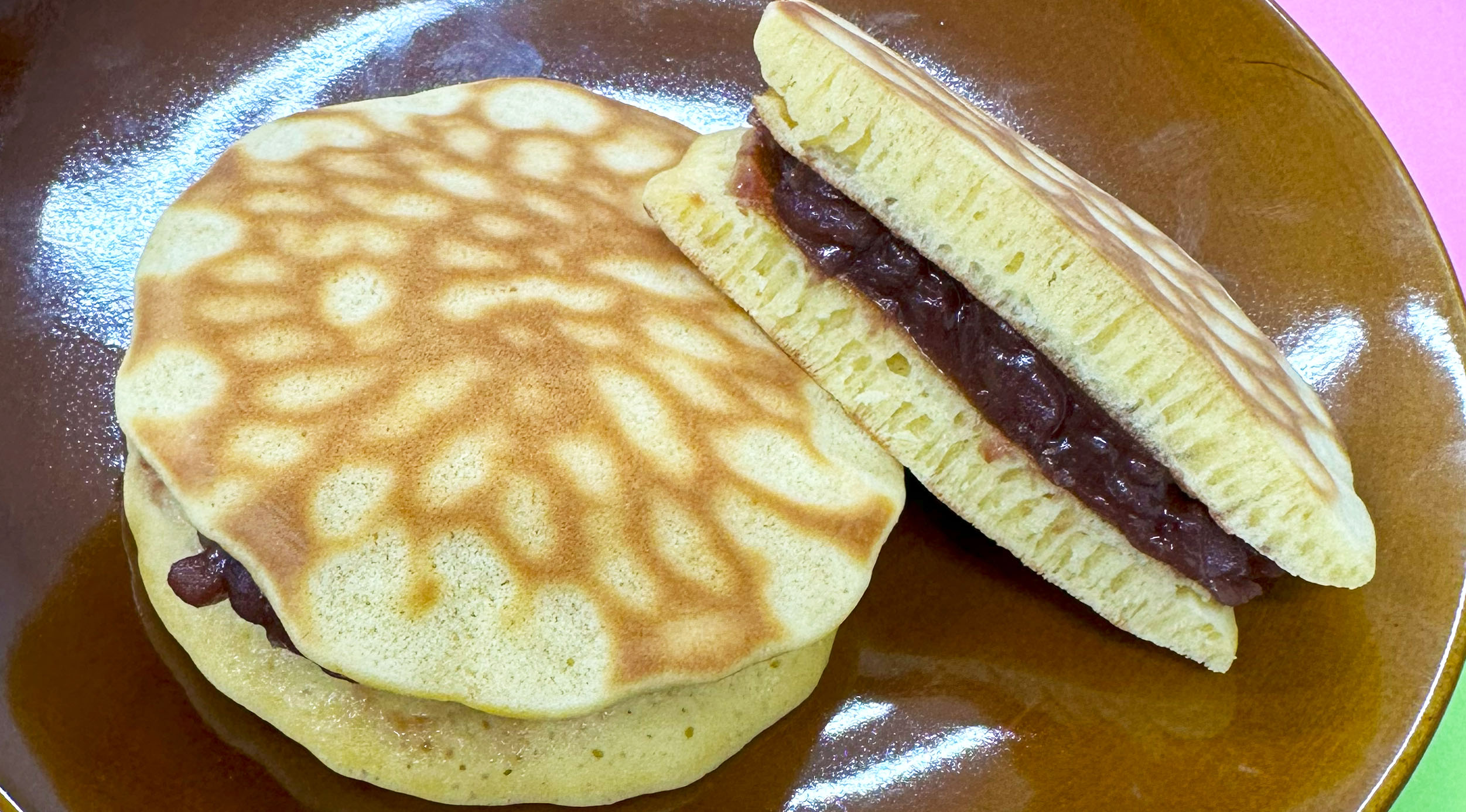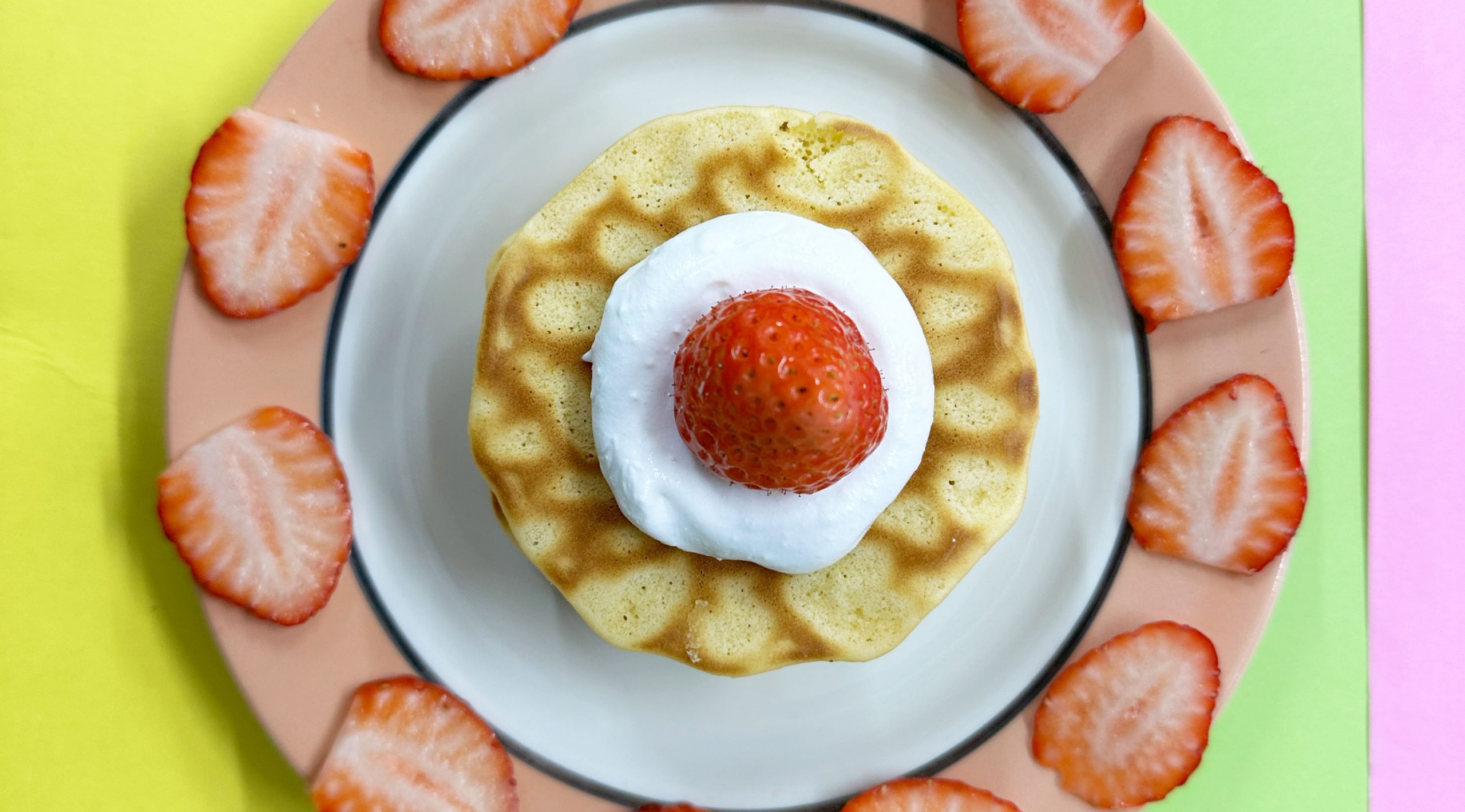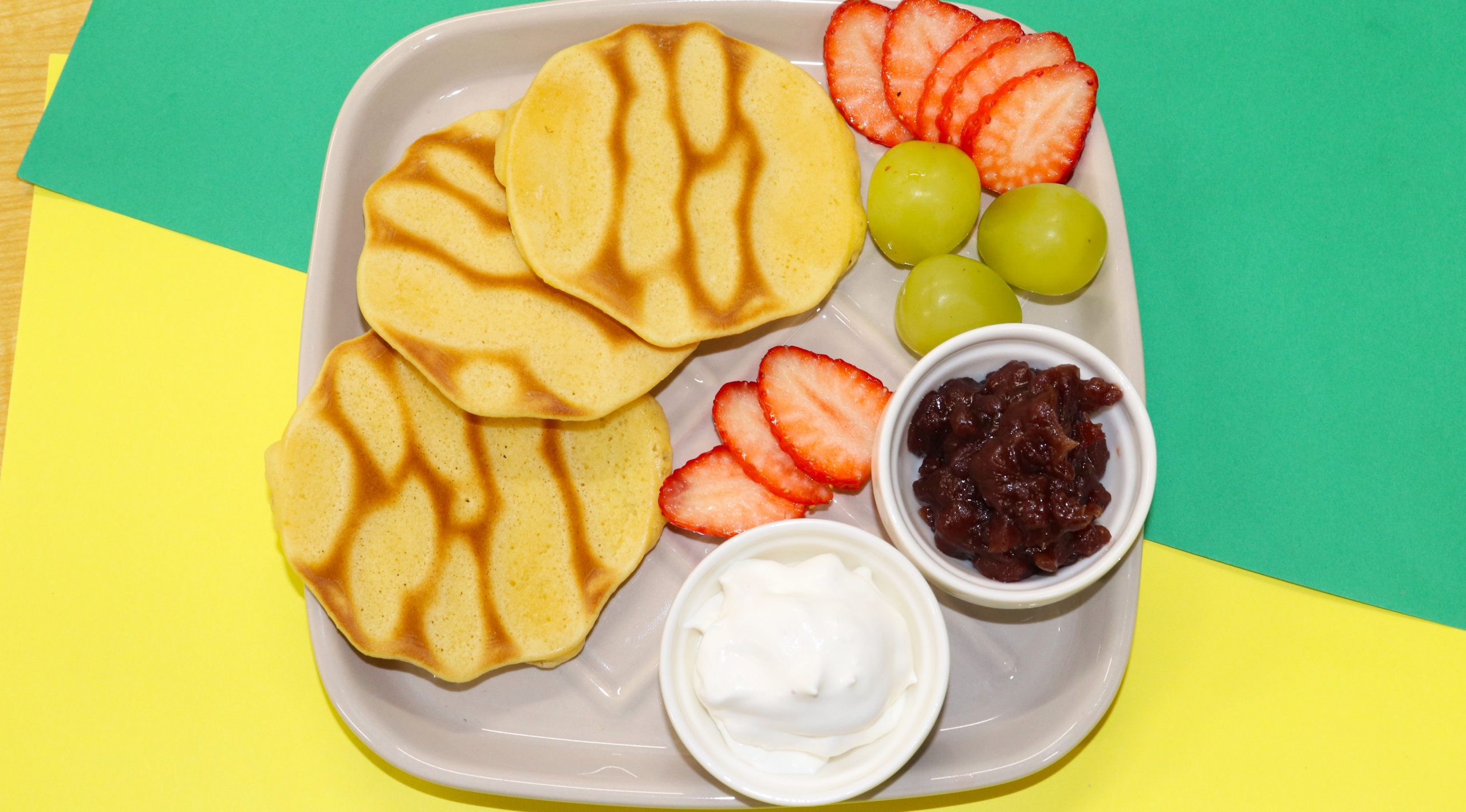- test
Does the paper make a difference? Testing Torayaki patterns
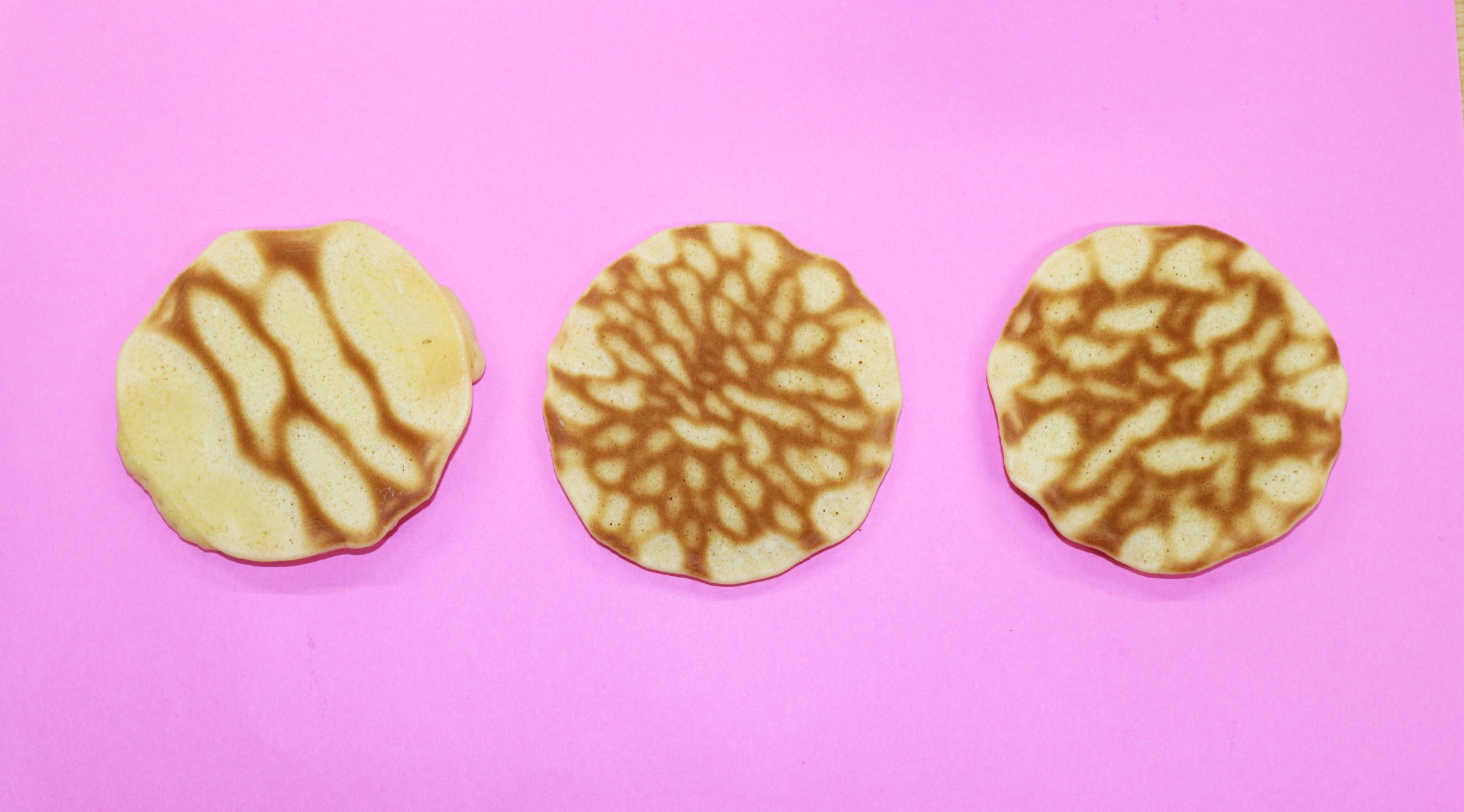
Torayaki is a type of decorative baking where a tiger-stripe pattern is achieved by piping the batter onto paper.
As such, the pattern varies with the type of paper used.
We conducted experiments with different kinds of paper to see the effects on the pattern!
For this experiment, we used our original dorayaki batter formula.
You can find the recipe for the batter here↓
While the preparation method remains the same, the viscosity differs.
The ideal viscosity for Torayaki is between 35 dPa/s to 40 dPa/s, which is slightly firmer than that for dorayaki.
food-safe roll paper(white)
First, we baked the batter on a standard white, food-safe roll paper which has a coated surface on one side.
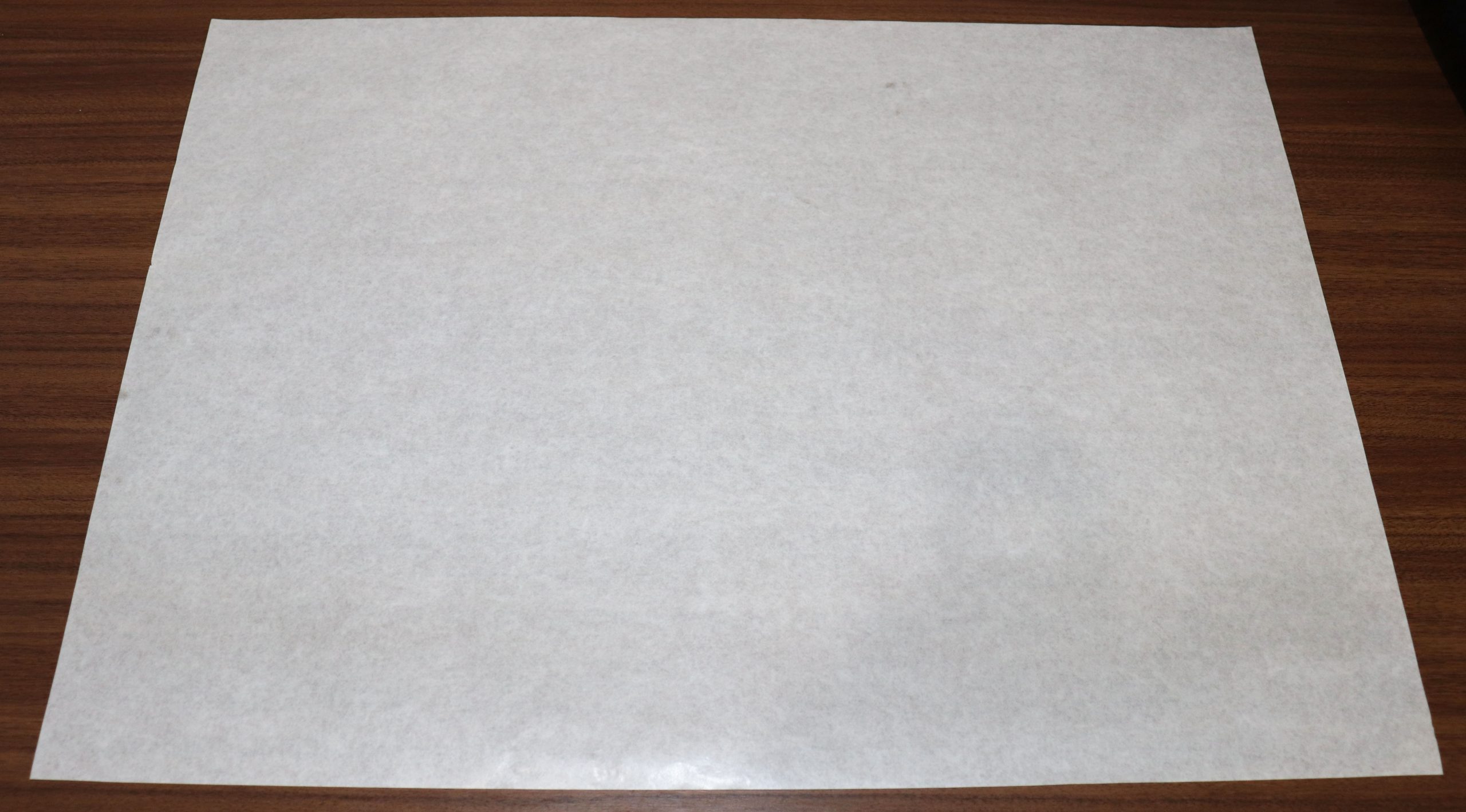
We opted for 23 cm x 14 cm paper to squeeze two portions of batter onto one sheet.
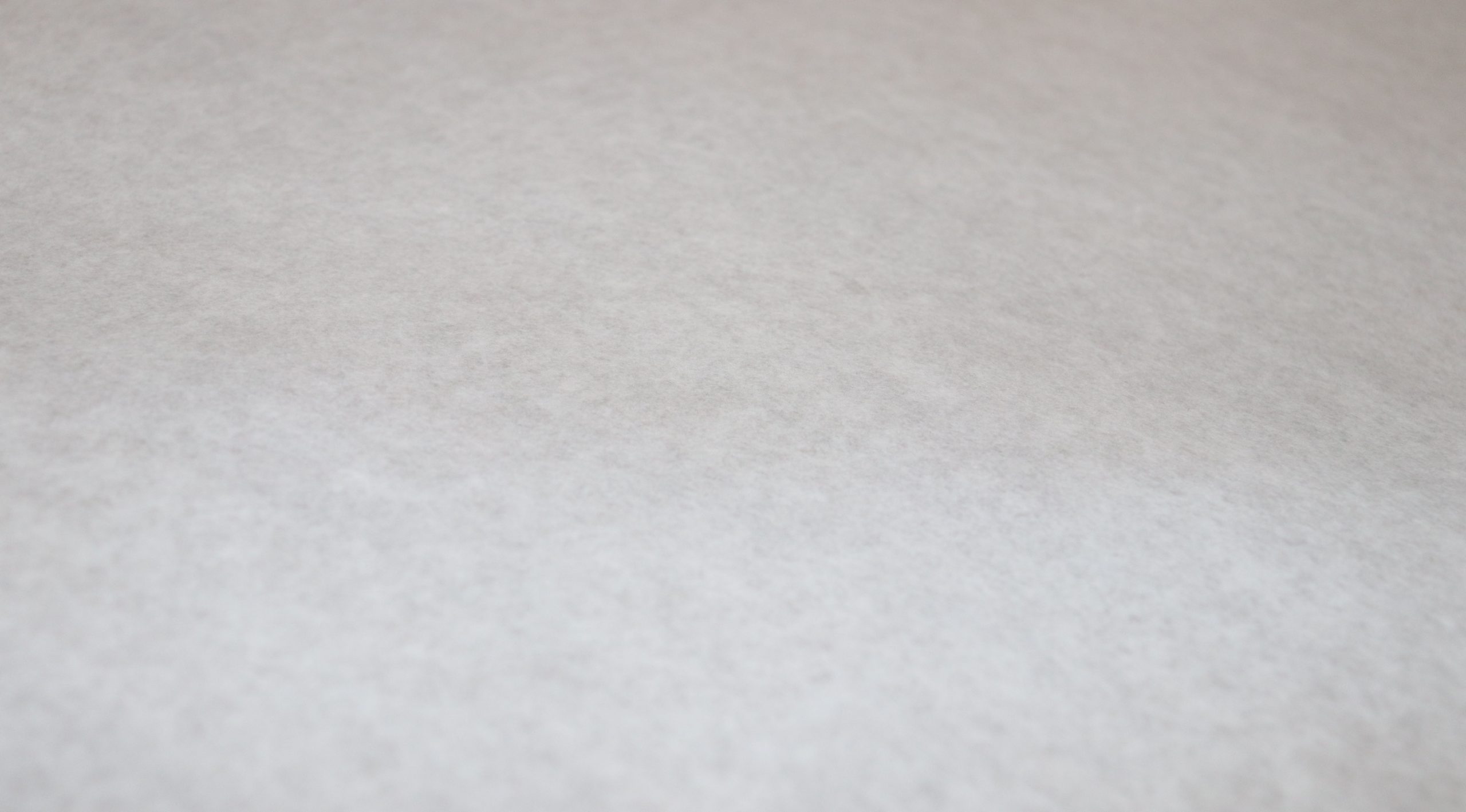
Set the Tabletop Pancake Cooker to 190℃.
Apply oil (Bitakatto SL) on the copper cooking surface, and place the roll paper on it. Squeeze the batter onto the paper, then cover it.
After 1 minute, quickly flip the torayaki by lifting the paper. Continue cooking for an additional 15 seconds (a total cooking time of 1 minutes 25 seconds).
Carefully remove the torayaki from the copper cooking surface. Spray the paper that is adhering to the top of the batter with water to moisten it.
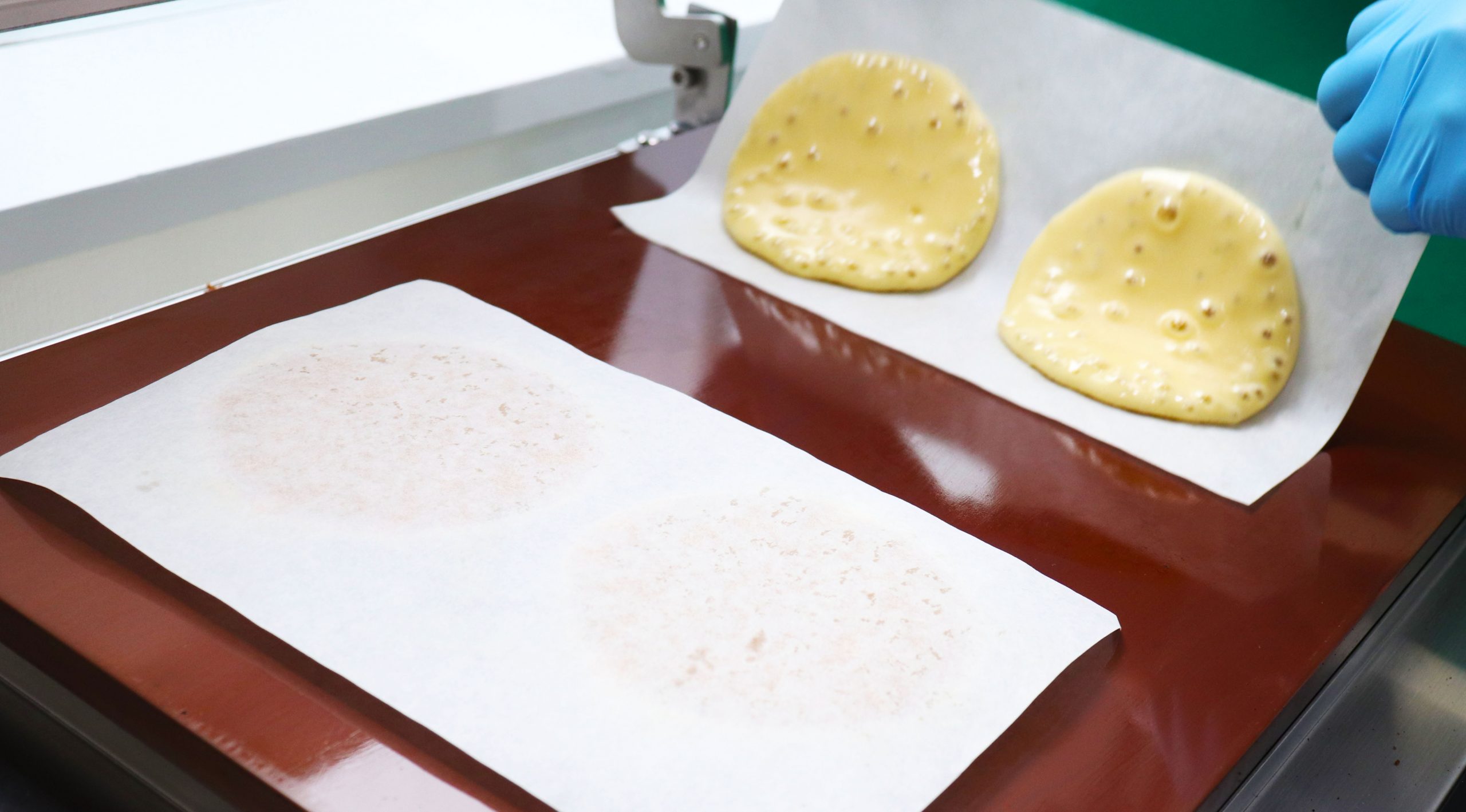
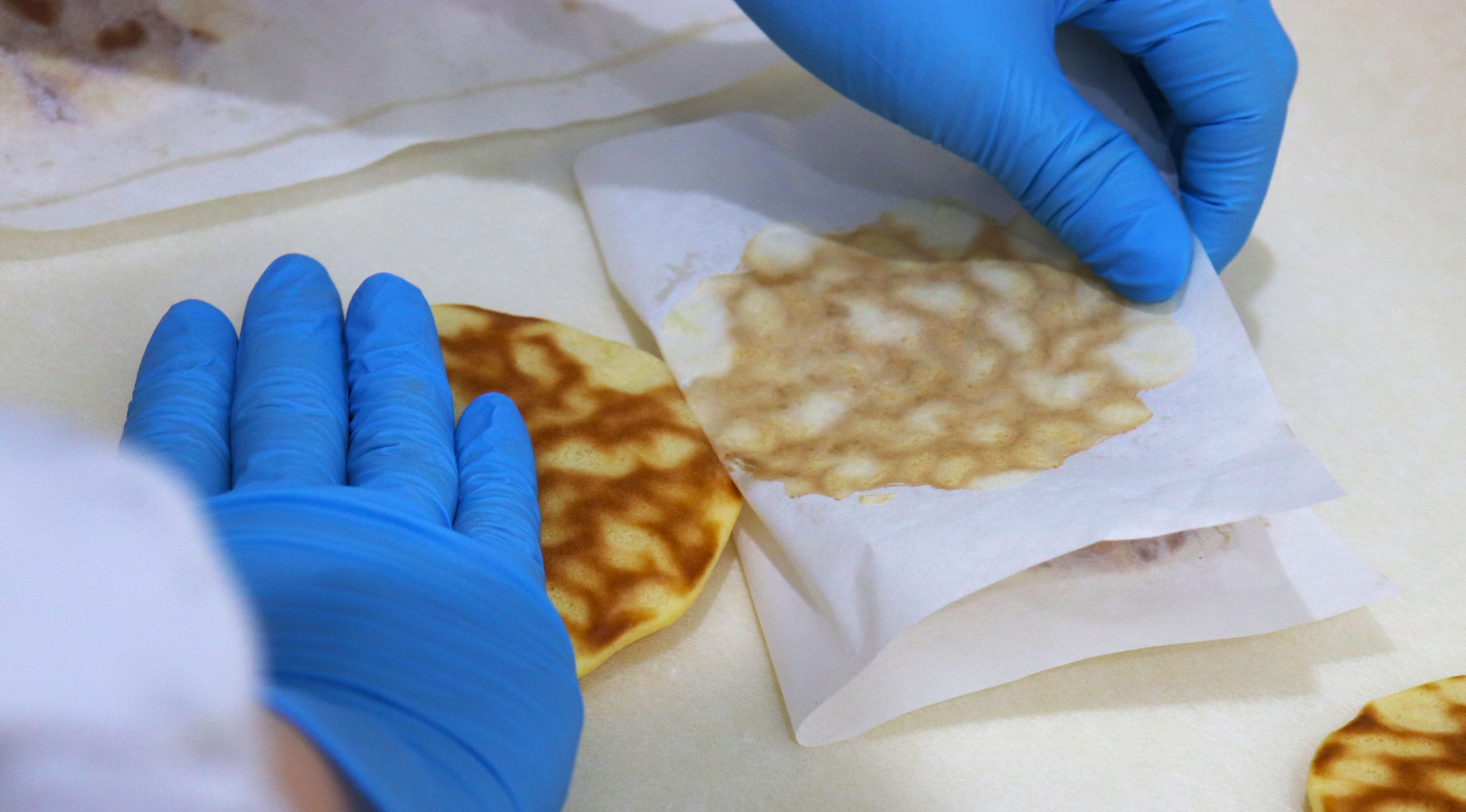
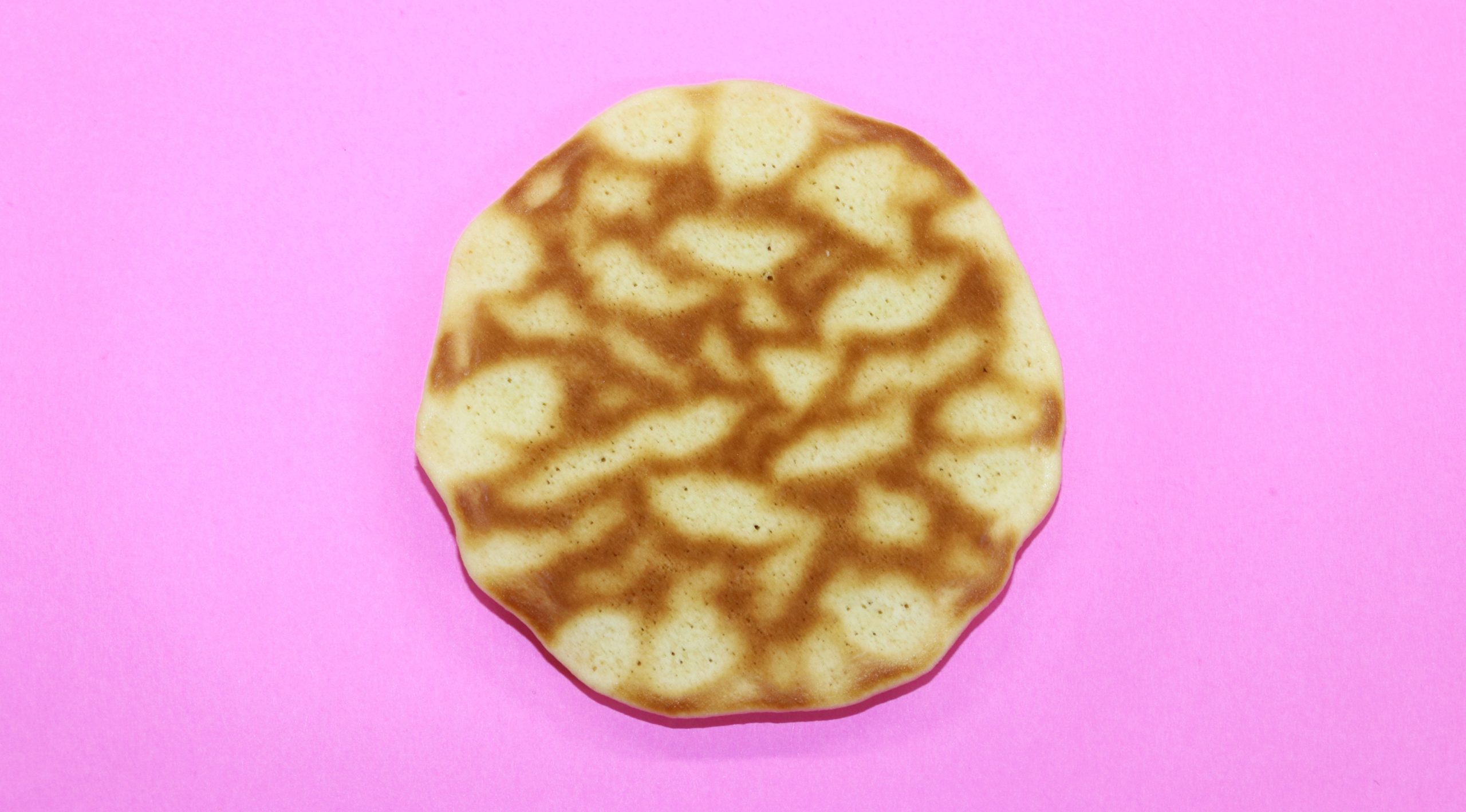
Curious about how other types of paper might affect the design, we will experiment with hanshi calligraphy paper and copy paper as well.
hanshi calligraphy paper
To start, we will use the hanshi paper.
We purchased it from Daiso, which is a thinner variety meant for practice.
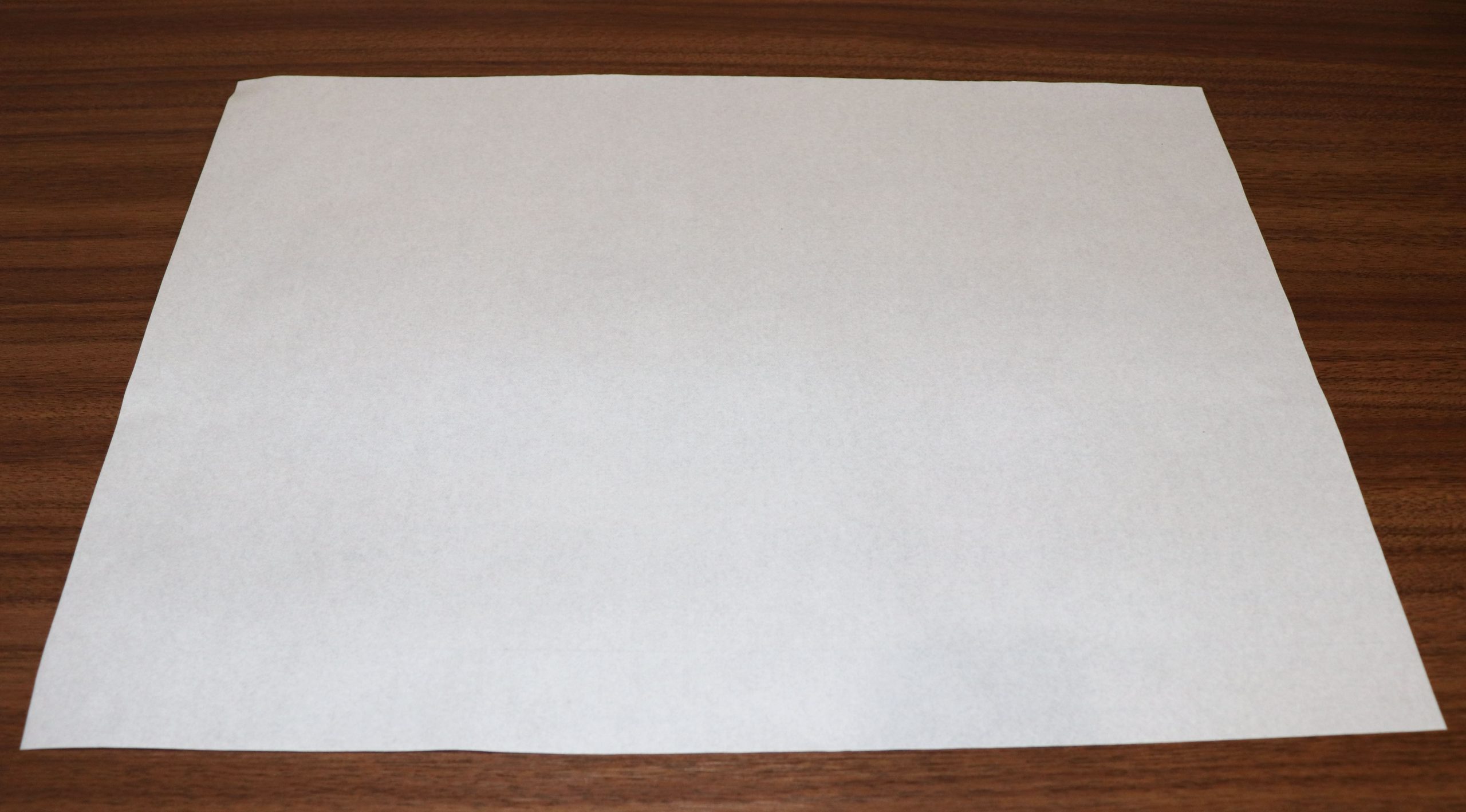
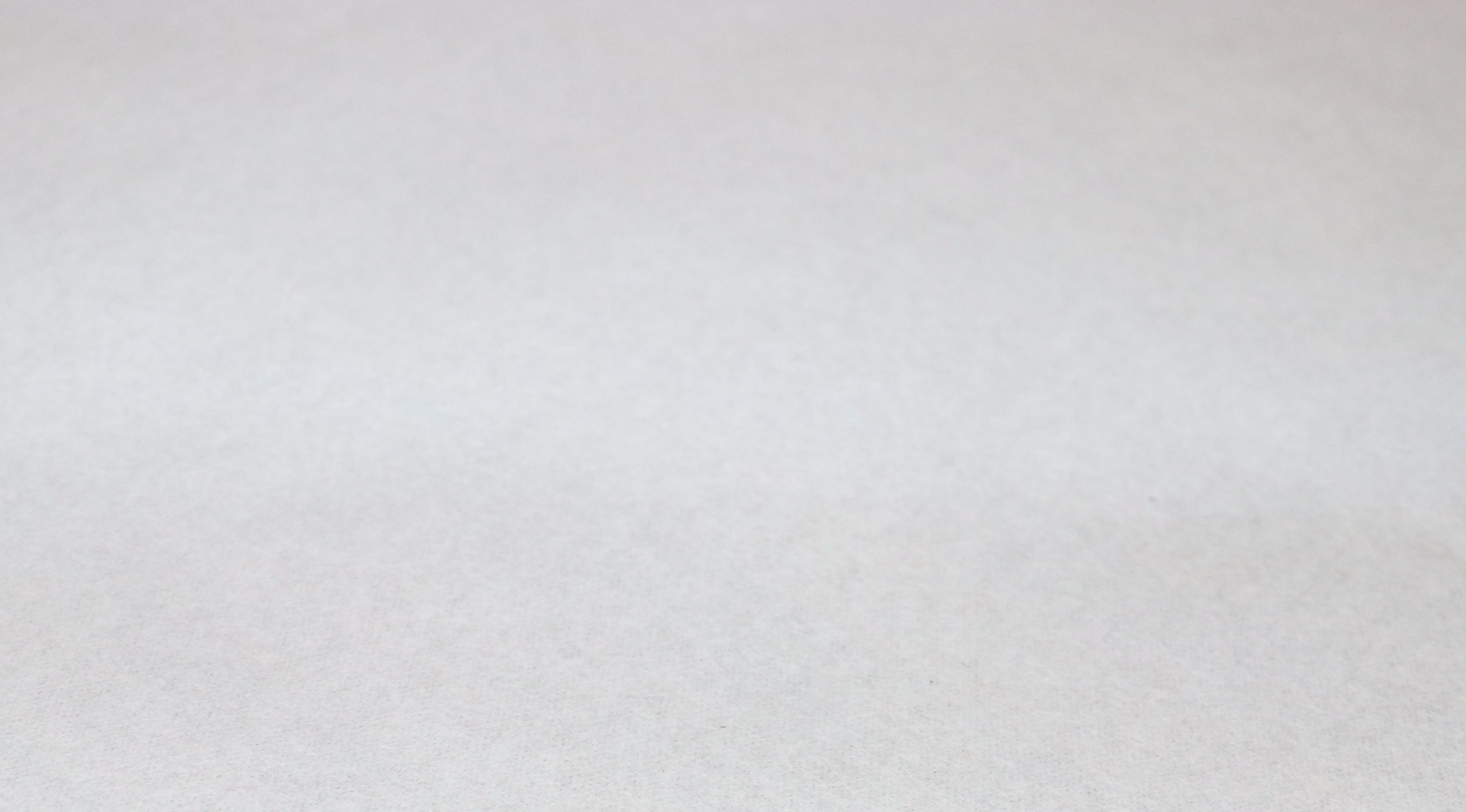
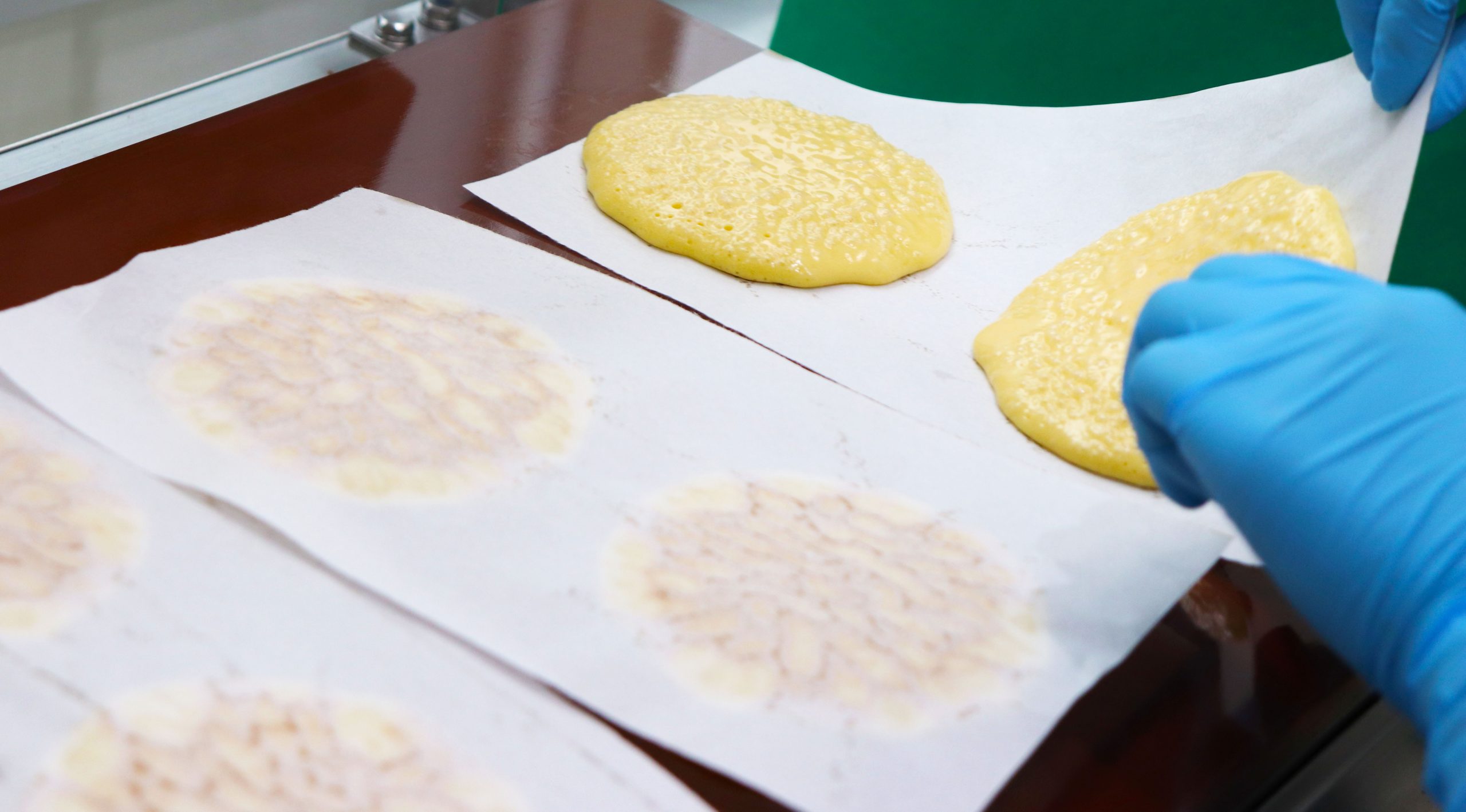
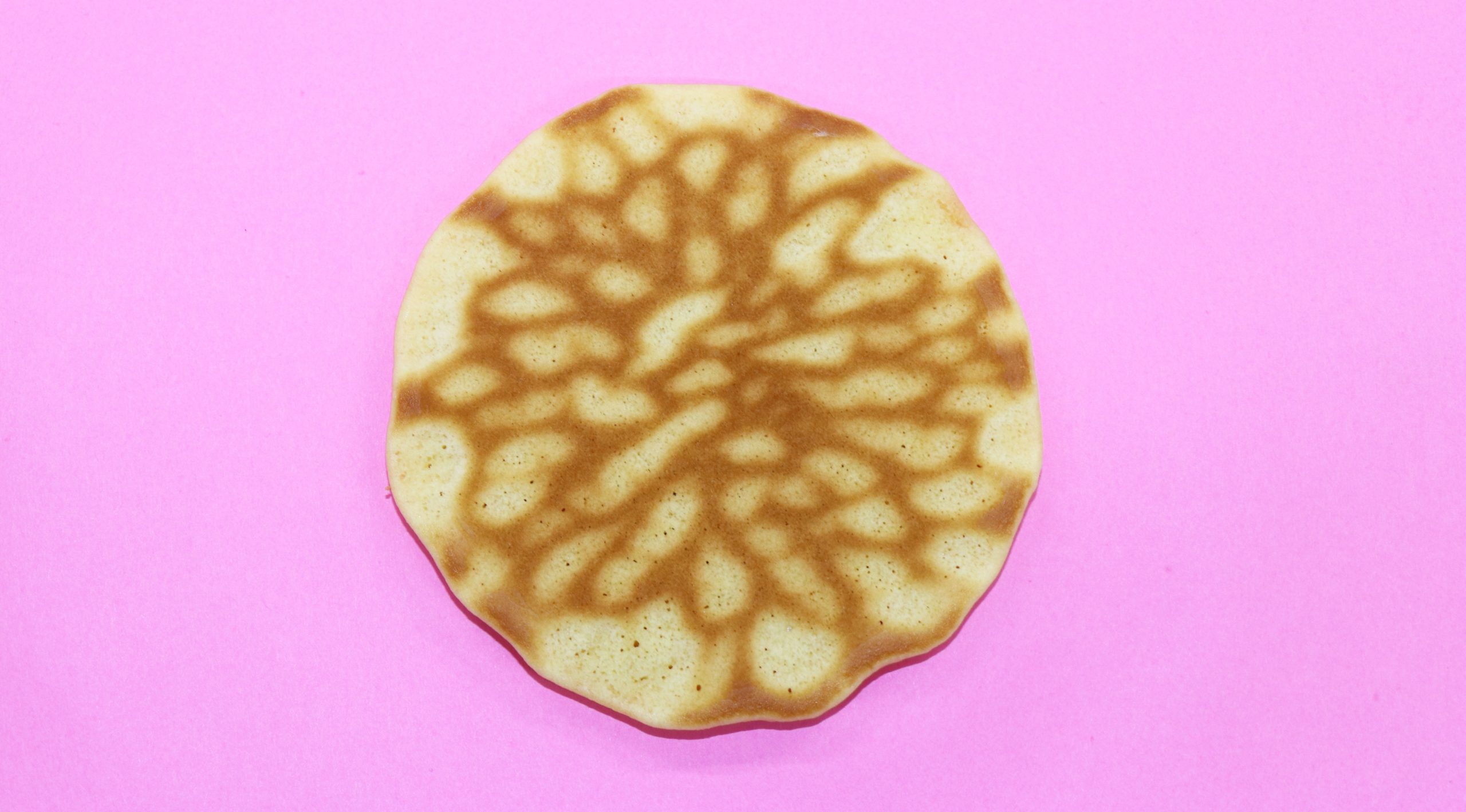
A subtle variation in the tiger pattern is noticeable.
copy paper
Lastly, it’s copy paper’s turn.
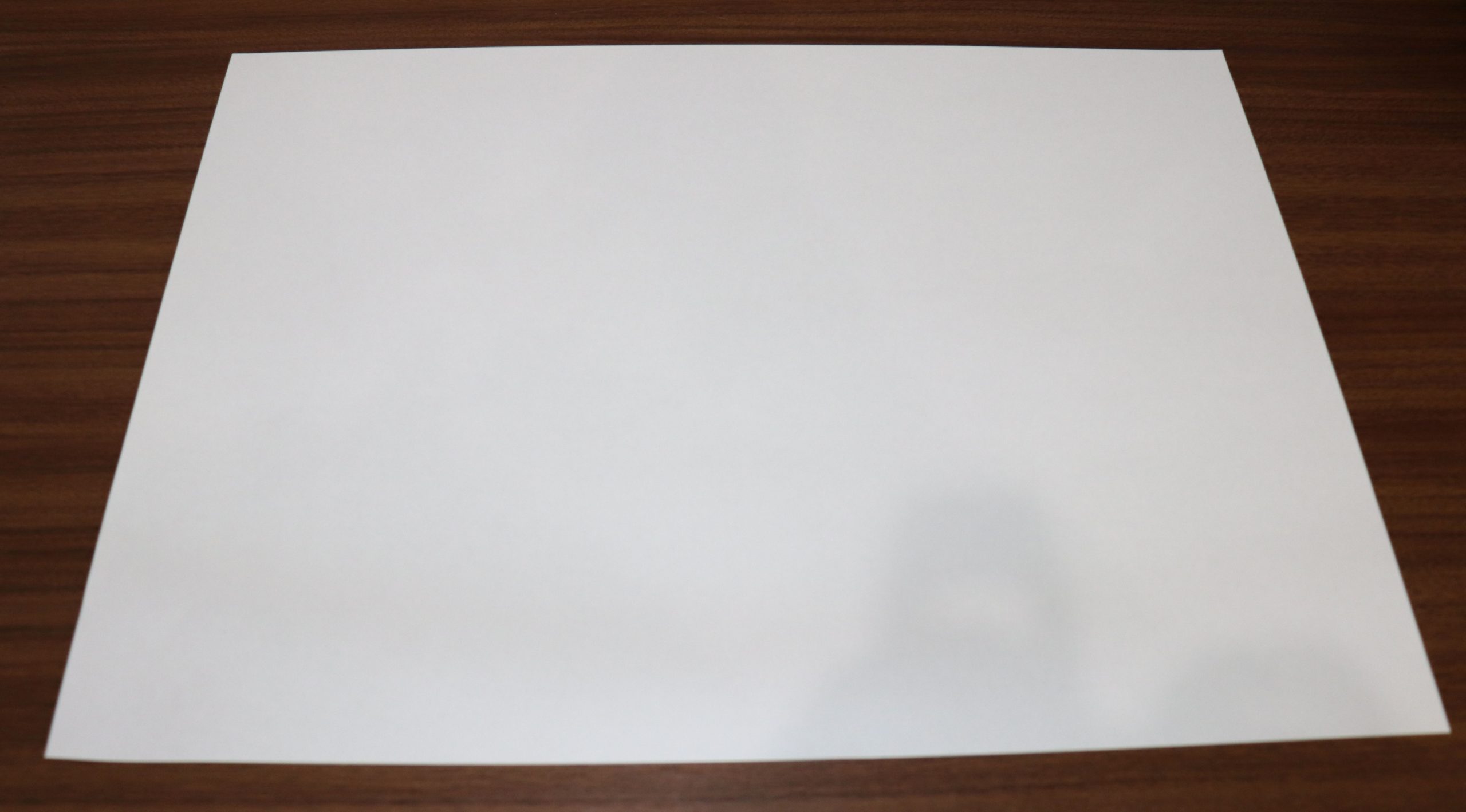
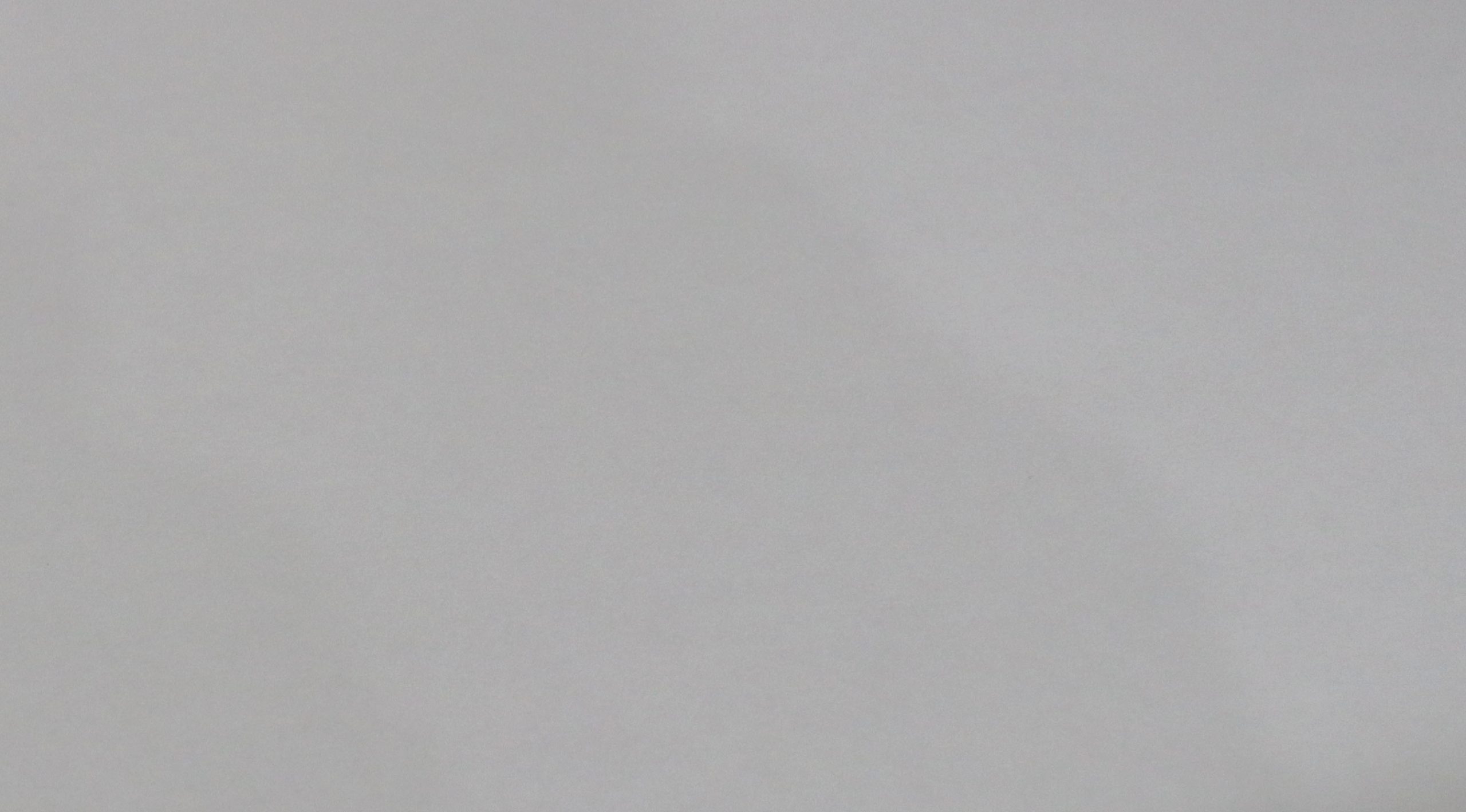
Given that copy paper is thicker, we adjusted the baking time:
flipping at 1 minute and 30 seconds and then baking for an additional 10 seconds, totaling 1 minute and 50 seconds.
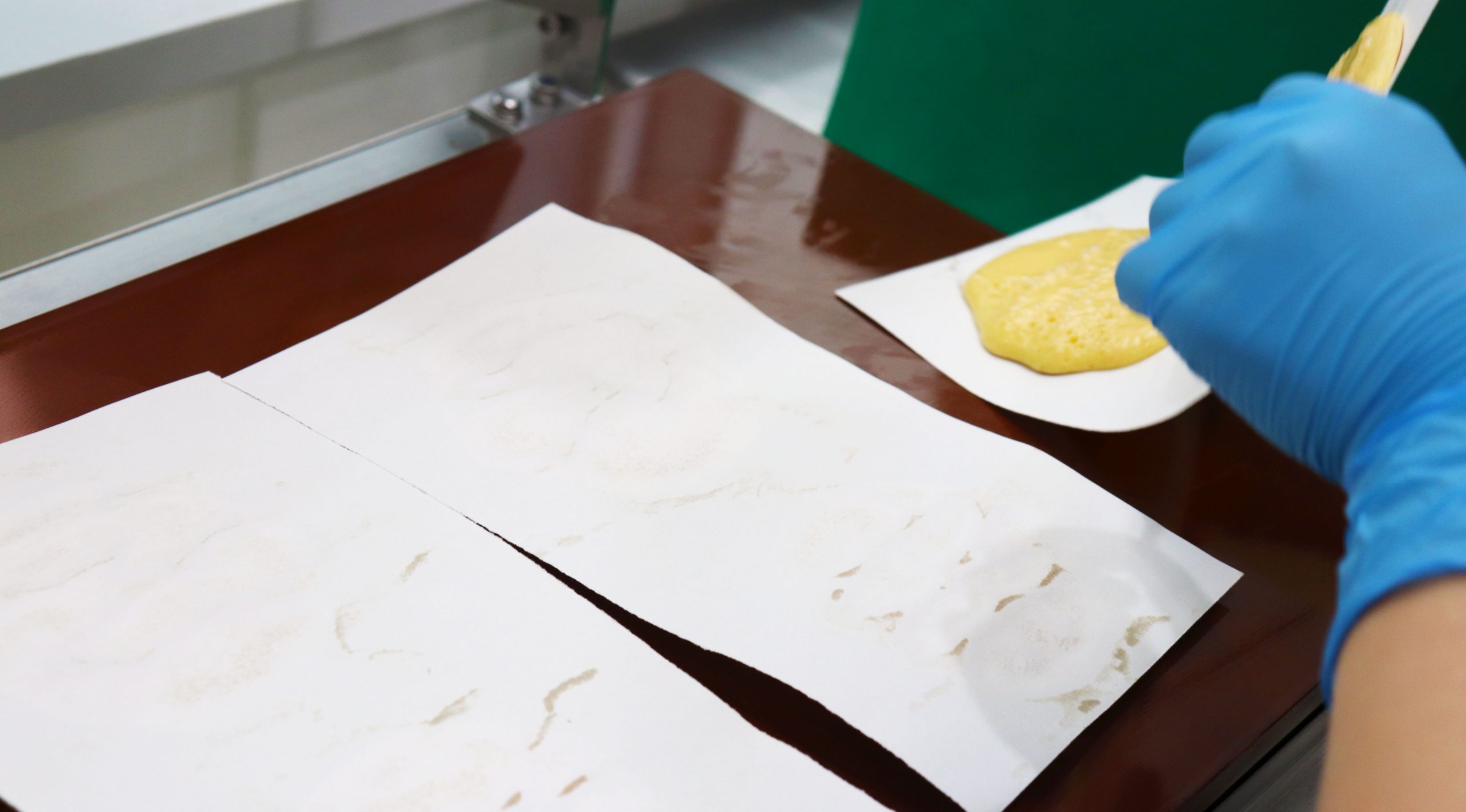
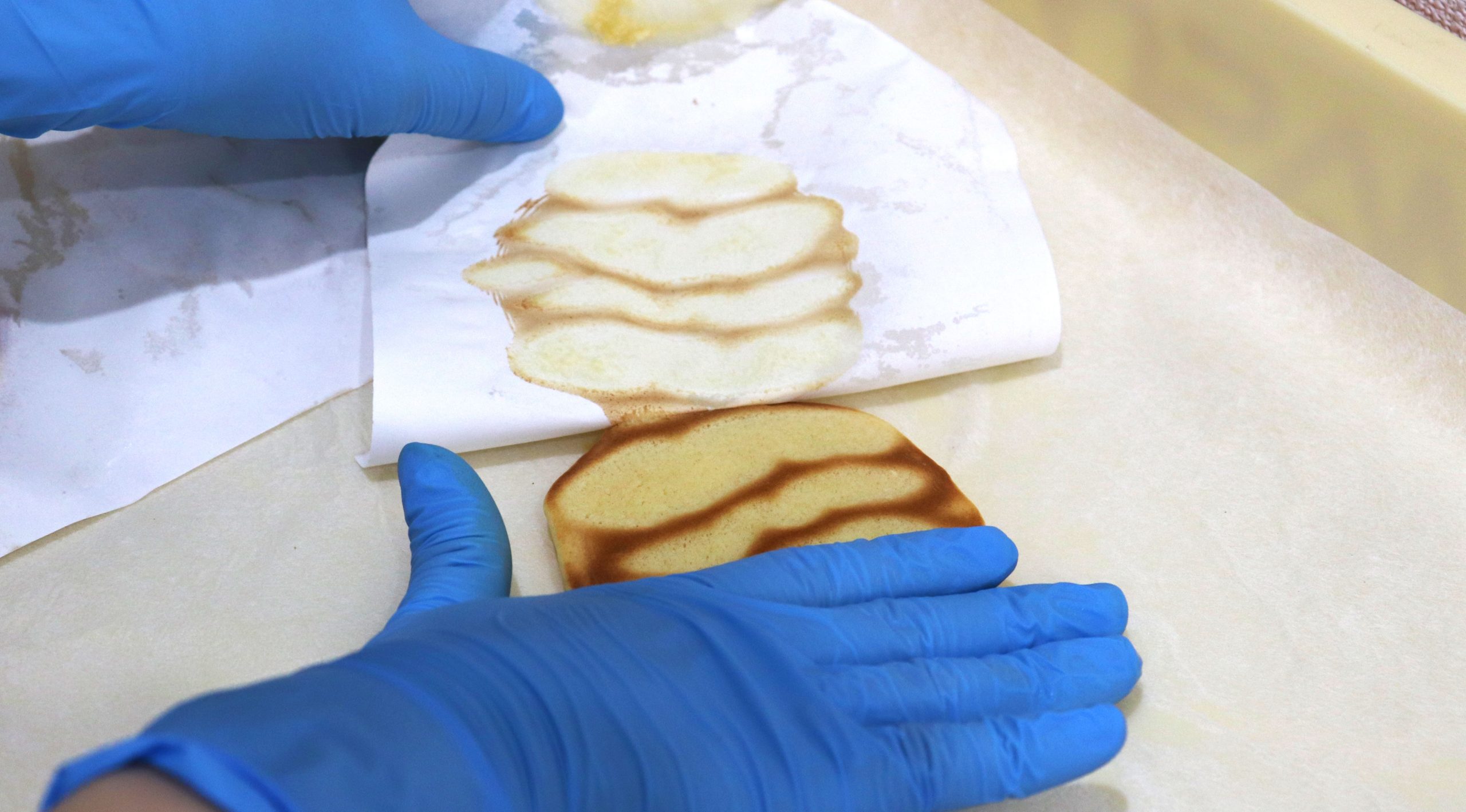
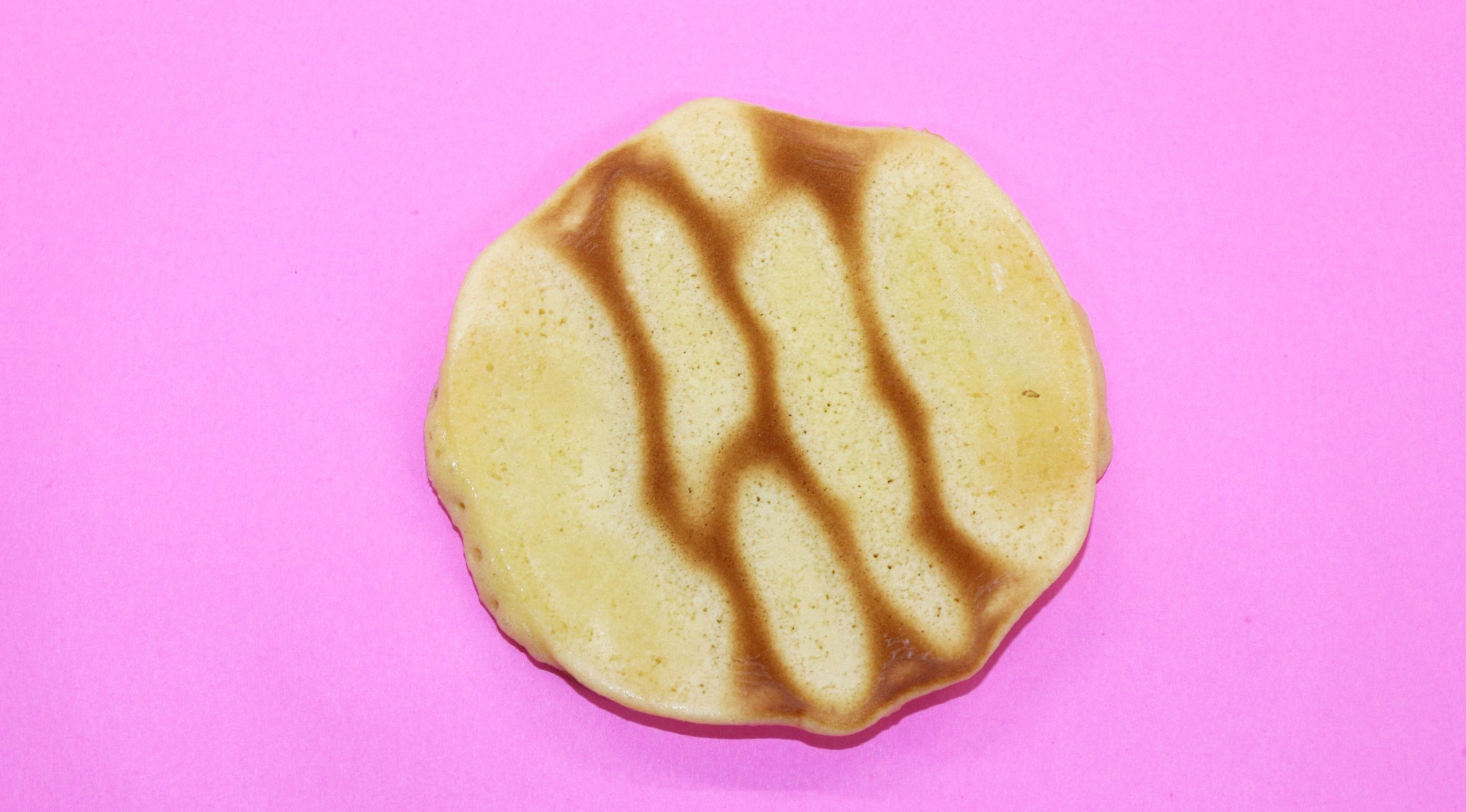
However, the copy paper proved difficult to remove, with some batter remnants sticking to the paper. This suggests that copy paper might not be the best option for torayaki.
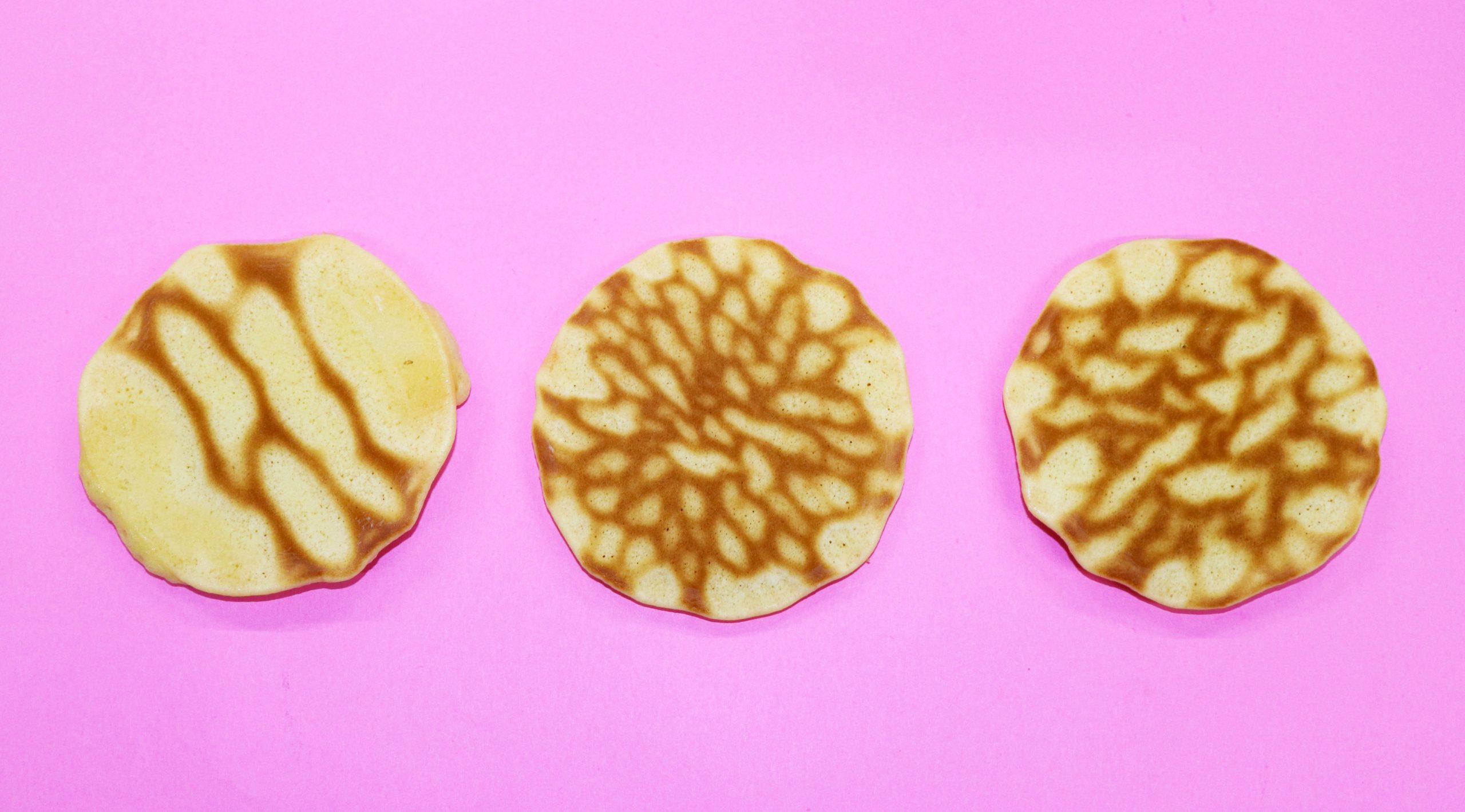
Presenting the three torayaki variations side by side—from left to right: baked on copy paper, hanshi paper, and roll paper.
The experiment concluded that both the standard roll paper and the hanshi paper can yield beautiful tiger patterns.
Although the copy paper did result in a unique pattern, its suitability for torayaki is questionable due to the difficulty in peeling. The experiment highlights how the type and thickness of paper can significantly influence the outcome.
We’re eager to explore the effects of using different papers in future tests.
Examples of fillings
